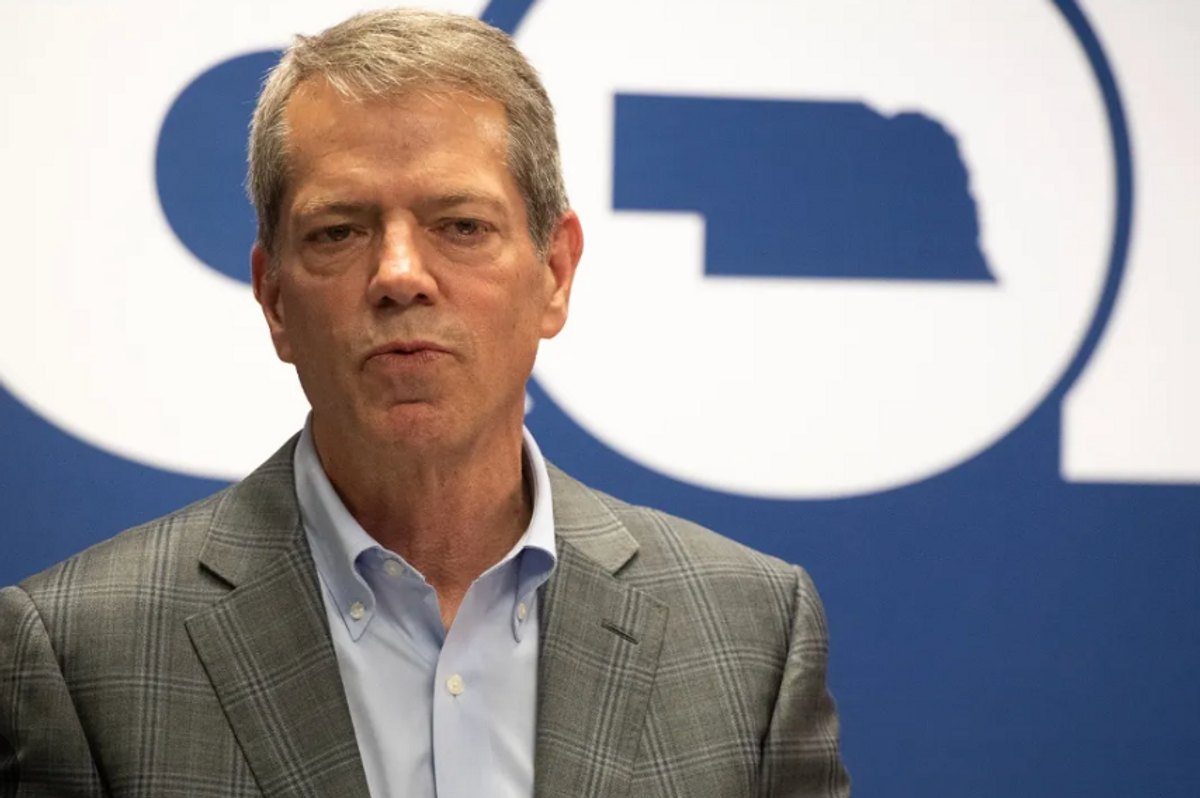
By David J. Lynch, Bloomberg News (TNS)
WASHINGTON — President Barack Obama is expected as soon as Tuesday to slow the withdrawal of U.S. troops from Afghanistan, raising new doubts that he will complete a promised drawdown before leaving office.
That decision has forced the president to confront the conflict between his vow to end America’s wars and the political and military realities in Afghanistan, Iraq, and Syria as well as the escalating violence in Yemen and Libya.
“The region writ large is in a descending spiral of chaos,” said David Barno, a retired three-star Army general who commanded U.S. and allied troops in Afghanistan from 2003 to 2005, adding “there’ve been some lessons drawn” from the security vacuum that arose in Iraq after the departure of the last U.S. forces there at the end of 2011.
The tension between Obama’s strategy and the situation in the region is clear ahead of the president’s meeting at the White House Tuesday with Afghan President Ashraf Ghani. Since May 2014, when Obama announced plans to remove almost all American forces before he leaves office, Afghan security forces have struggled to cope with increasing Taliban attacks.
The U.S. proclaimed its combat role in Afghanistan ended on December 31. U.S. and NATO troops are now training Afghan security forces and conducting counter-terrorist missions against the Taliban and groups such as al-Qaida and the Haqqani Network, both based in neighboring Pakistan.
Under a plan the president announced last year, the 9,800-strong force of U.S. troops in Afghanistan was to be cut to about 5,500 by the end of this year. By the end of 2016, as Obama prepares to turn over the White House to his successor, the U.S. presence would drop to an embassy protection force of about 1,000.
Now, with Afghan forces still hobbled by shortcomings and regional terrorist groups proliferating, the planned U.S. drawdown could be risky, many experts say.
Seth Jones, an analyst for the Santa Monica, California-based Rand Corp. who served as an adviser to the commander of U.S. special operations forces in Afghanistan, said the situation late next year could include the danger of “external plots arising from Afghanistan and Pakistan that would make it very unwise for the U.S. to leave.”
“The success or failure of the U.S. mission in Afghanistan has reached a critical juncture,” says a March 20 report from the nonpartisan Institute for the Study of War in Washington. The planned U.S. drawdown by the end of next year would permit “the Taliban to expand in ways that undermine core U.S. interests, such as seeing to it that Afghanistan has the ability to defend its borders,” the report concludes.
The Taliban has pointed to the end of the U.S. combat role and the continuing drawdown “as a sign of its inevitable victory” and return to power, James Clapper, the director of national intelligence, told Congress last month.
The Afghan National Security Forces last year prevented the Taliban from seizing any major cities, and the country’s security forces “will probably maintain control of most major population centers” this year, Clapper testified. But “without international funding, the ANSF will probably not remain a cohesive or viable force.”
Anthony Cordesman, a military analyst with the Center for Strategic and International Studies in Washington, said that while the end of the U.S. combat role was always expected to involve some deterioration in security, “I think it is worse than expected.”
Administration officials announced their plan for the drawdown of American forces in Afghanistan “without issuing any meaningful assessment of what some 13 years of war had accomplished,” Cordesman and Aaron Lin wrote in a March 19 assessment. “They did so without any public attempt to provide a meaningful strategic assessment of the future U.S. role and commitments to Afghanistan or the region, and without providing any meaningful public analysis or metrics of the combat situation.”
While Cordesman said a reduction in unclassified data released by the U.S. military over the past year makes it difficult to make a detailed assessment, his report warns that “the current U.S. transformation effort may well repeat key previous U.S. failures in Vietnam and Iraq.”
U.S. military and intelligence officials, speaking on the condition of anonymity to discuss intelligence assessments, said that if Afghanistan is to avoid Iraq’s fate in the wake of a U.S. withdrawal, Afghan soldiers and police must improve their ability to operate without U.S. air, logistics, and intelligence support.
“ANSF still need a great deal of help in developing the systems and processes necessary to run a modern, professional army and police force,” General John Campbell, the commander of U.S. forces in Afghanistan, told the House Armed Services Committee this month.
The lack of U.S. combat air support during the most recent fighting season allowed Taliban fighters to mass in greater numbers without fear of being attacked from the air, according to the March report from the Institute for the Study of War.
Afghan units last year were unable to expel the Taliban from areas it controlled, according to David Kilcullen, a counterinsurgency adviser to General David Petraeus when he commanded the international forces in Iraq and Afghanistan.
“There are real questions as to whether ANSF can sustain the current high casualty and desertion rates or succeed in containing the insurgency without external air support,” wrote Kilcullen in a November article in “Stability: The International Journal of Security & Development.”
As the Afghan forces have assumed responsibility for the war, combat losses, and desertions have taken their toll. There were 325,642 Afghan army and police at the end of last year, down by more than 12,000 fewer from the beginning of 2014, according to the U.S. Special Inspector General for Afghan Reconstruction.
The U.S. already has spent $65 billion to train and equip the Afghan security forces, with billions in additional spending required in coming years.
In light of the situation, administration officials have said publicly that Obama is likely to retain a higher force level over the next two years to allow more time for the government of Ghani and Chief Executive Abdullah Abdullah to demonstrate progress.
Obama met with his national security team last week to discuss recommendations for adjusted force levels prepared by Campbell, and officials have suggested that a revised timetable could be announced as early as a Tuesday press conference with Obama and Ghani.
U.S. officials have praised Ghani as a more reliable partner than his predecessor, Hamid Karzai, who threatened in 2010 to join the Taliban if U.S. criticism didn’t cease.
Ghani, a former World Bank official who taught at two American universities, has been more cooperative, U.S. officials say. In September, one day after being sworn into office, he signed a new security accord with the U.S. that allowed a residual force of U.S. and NATO troops to operate.
Obama could meet his goal of withdrawing all but roughly 1,000 U.S. soldiers by January 2017 even if higher troop levels are maintained for the next two years, Barno said. Until about 60 days before the 2011 U.S. exit from Iraq, the U.S. maintained a force that was roughly that size, he said.
Photo: UK Ministry of Defence via Flickr


